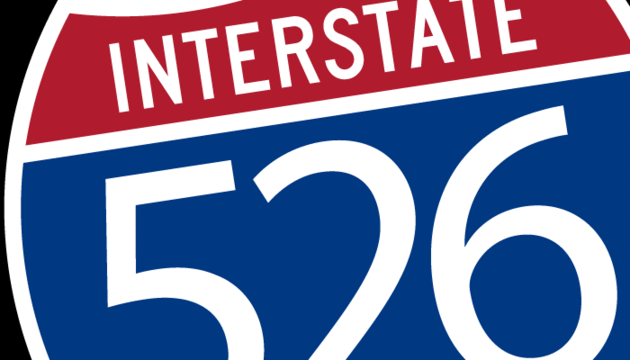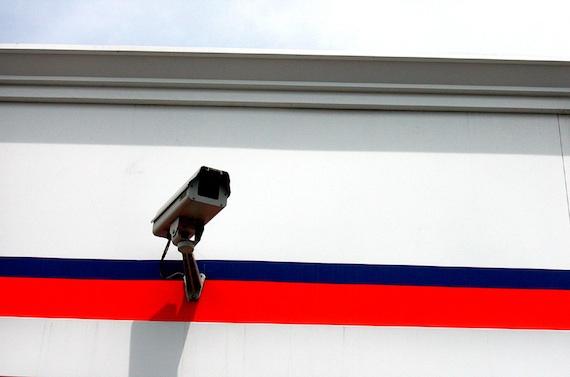Updated throughout.
Perhaps you felt it. On Tuesday, December 16, at 7:42 a.m. a 3.6 earthquake centered on Summerville rattled much of the Lowcountry (a map of the epicenter).
A 3.6 earthquake is really only big news because of the recent mildness of quakes in our area, the Richter scale describes quakes in the 3-to-3.9 range as "Often felt, but rarely causes damage."
The scale is logarithmic, so every two points you move up on the scale equals 1,000 times more power. That is, a 5.6 quake would be a thousand times more intense than a 3.6.
So, only minor damage has been reported, and no power outages, school closures, or their ilk have been reported.
College of Charleston professors say today's quake is a good reminder that we are, in fact, in an earthquake-prone zone. An excerpt of the statement:
South Carolina Earthquake Education and Preparedness Program (SCEEP) Member and Associate Professor Steve Jaume says, “This earthquake is showing up well on seismographs and is a good reminder that we're in earthquake country. This earthquake is a little larger than the average earthquake felt in the Lowcountry and we may feel small aftershocks throughout the day.”
SCEEP reports that while South Carolina is not known for its earthquakes, it does experience between two and five felt earthquakes a year. These earthquakes tend to be between magnitude 2.0 and 5.0 on the Richter scale and cause little damage, approximately 71 earthquakes of this size were recorded in SC between 1973 and 2007.
Two days ago a mysterious loud boom shook folks on James Island and Folly Beach. The phenomenon's mysterious "sonic booms" are relatively frequent along South Carolina's coast.
The sounds have been tied to large-scale geological disturbances and earthquakes.
A quote from an observer of the devastating 1886 Charleston quake:
For several weeks following the principal disturbance minor shocks continued to be felt at frequent intervals. Many of them would have been considered very forcible and alarming and they not been greatly disparaged by the convulsion of August 31. Almost all of them were accompanied by loud detonations.
But, Erin Beutel, associate professor at The College of Charleston's Department of Geology and Environmental Geosciences, does not believe that the two events have much connection:
[Regarding] the loud boom on James and Johns Islands on Sunday. It has been confirmed as most likely a Sonic Boom as there is nothing on the seismometers. We have had previous sonic boom reports when atmospheric conditions are right from planes that were far out in the ocean. I did some research on the Seneca Guns and there is little information suggesting that they are actually related to earthquakes as there is no seismic activity associated with them (the seismometers today are pretty sensitive and can pick up even the smallest earthquakes). Historically, small earthquakes with booming noises were heard prior to the New Madrid earthquake in the early 1800's in Missouri.
So, our coast's mystery noises will remain a mystery, and take today's quake as proof that our Lowcountry's geology is far more complex than you might think.
Update December 17: Showing up about a thousand years late, The Post and Courier has a story on the quake with all sorts of quotes, population numbers, and timelines. Go check it out.

